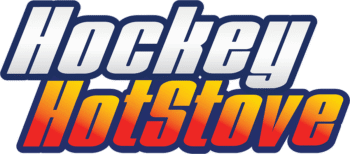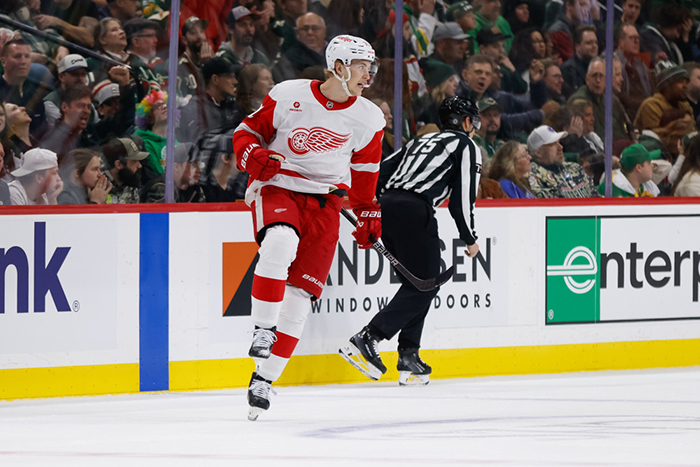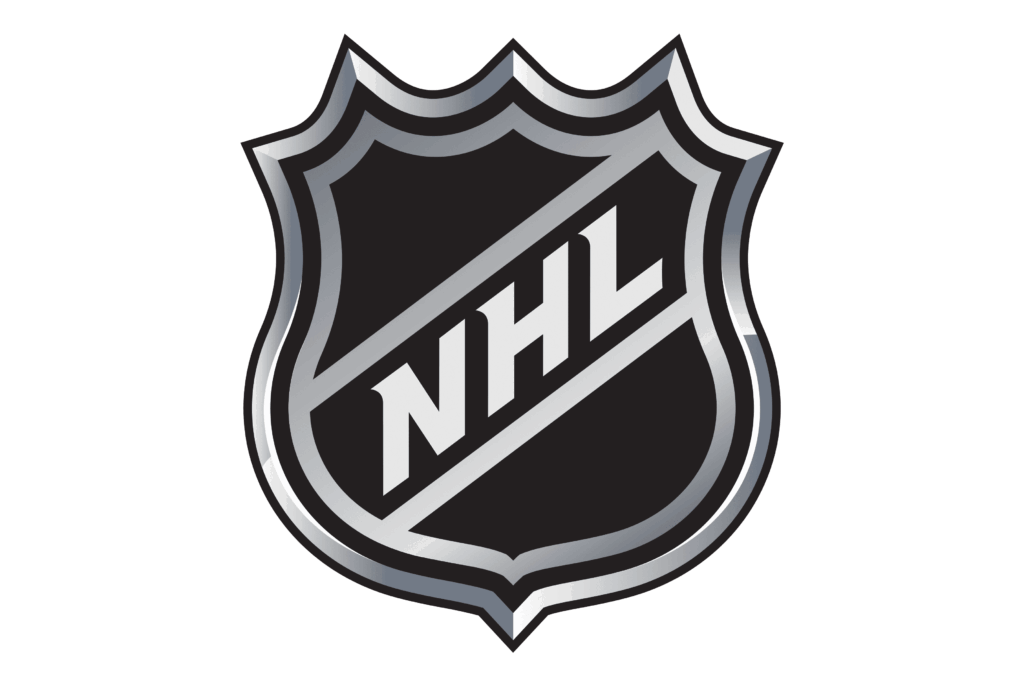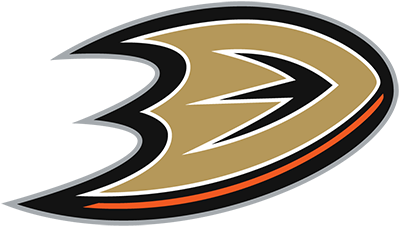It’s a matter of when, not if, the NHL will expand. It seems 32 teams are not enough, and with the Arizona Coyotes mess figured out, it’s only a matter of time before the league goes to 33 and then 34 teams. They say the only thing that stays the same is change, and for the NHL, the league has always looked to the next frontier since expanding beyond the original six markets.
The cities often mentioned are the obvious ones. Houston is the most populous city in North America without a team. Atlanta failed twice but this time around, they have all the pieces in place to be a success. The same is true about Phoenix, where they can be a success with the right ownership in place.
These markets are the home run swings, the high risks from commissioner Gary Bettman. The reality is, he doesn’t need one. The mid-sized markets around North America are the place the NHL can and should look at next. They are the places where hockey can thrive and avoid a messy fallout (as Arizona and Atlanta experienced).
Pros of Mid-Sized Markets for NHL
Looking at Cleveland or Milwaukee, it’s easy to look at the cities as safe bets. They are the markets that have an infrastructure and a fanbase for hockey. Both cities host American Hockey League (AHL) teams and sell out their games like NHL teams. They have the fans in place to kick off the ground running.
It’s also worth noting that these cities sell well even when the team isn’t great. When a market provides plenty of options for the casual fans, they’ll lose interest in an average team. The mid-sized market doesn’t have a lot to turn to, which is why they can still sell an average or even a below-average team.
Better yet, as two midwestern markets, they are both easily accessible for the rest of the NHL. They can easily slide into the Central Division and create instant rivalries with teams in Chicago, Detroit, Minnesota, and so on.
This isn’t an exclusive plus for Cleveland and Milwaukee. Many of the mid-sized cities are close to a major market. It’s how the league not only grows in popularity but builds rivalries. The New Jersey Devils and New York Islanders have historically embraced the underdog role in their rivalry with the New York Rangers. The same is true about the Anaheim Ducks being near the Los Angeles Kings. The secondary market or smaller city can have a team with a different fan base and a passionate one that wants to prove the doubters wrong.
The NHL has high hopes for big markets. The ones that are overlooked are best suited to host a professional team, especially the ones with all the pieces in place.
The Headaches These Markets Give Bettman
The big issues for the NHL all stem from the low ceiling they provide. The mid-sized market usually doesn’t become a destination for NHL players, and when these teams lose, they become the opposite. Buffalo and Columbus, for example, are unattractive places for free agents, especially when the teams aren’t great.
The bigger issues are the corporate money and the endorsements these markets lack. The NHL is always looking towards the big deals and companies to tie to the league, and the mid-sized markets don’t have them, at least not at the same level as New York, Toronto, or Chicago.
It also doesn’t help that these cities aren’t well-connected at a broader level. Specifically, the mid-sized market might be missing an airport hub or a big enough airport to connect to the rest of the league. It’s a red flag for any city in a league that relies heavily on travel.
These aren’t obstacles that should prevent a city from getting a team. That said, they become headaches for Bettman and the league to navigate. He’d prefer to deal with the minor issues that big cities present, even if they are high-risk and high-reward places.
The Markets The NHL Should Consider
As mentioned earlier, Cleveland and Milwaukee make a lot of sense. The midwestern cities are well-connected and have everything in place to be successful. They’ve been great sports markets for years and have proven that hockey works at an AHL level. Seeing the NHL take off wouldn’t surprise anyone.
Another midwestern market to consider is Kansas City, a place that has wanted hockey to return since the Kansas City Scouts left. They would fit right into the Central Division and create instant rivalries with the St. Louis Blues and the Colorado Avalanche.
Out west, Portland is the NHL’s best option. There’s only one professional team in the four major sports in the city, and it has plenty of hockey history (when you include the Portland Rosebuds from the early days of hockey). Portland also belongs to the Pacific Division and is near the San Jose Sharks, Seattle Kraken, and Vancouver Canucks.
In Canada, the two cities are Hamilton and Quebec City, two places that have NHL arenas ready in case they are granted NHL teams. Hamilton has a few issues with the nearby Buffalo Sabres and Toronto Maple Leafs to sort out but is otherwise a great market that would create better rivalries. Quebec City, meanwhile, has wanted a team since theirs left in the 1990s and would eagerly take one with stable ownership in place.
These cities aren’t home runs. They are base hits. And that’s what the NHL needs.
The Best Route Involves A Safe Bet For Team 34
The next market the NHL goes to will be a big one. Whether it’s Atlanta, Houston, or in the Sunbelt, it will be in a big city with a growing population. It’s understandable for the league to take this route, especially if the money is there.
The 34th team is where Bettman should look for a mid-sized market. Sure, it won’t have the same hype at first but in the long run, they will be a hit with the NHL. The city will also keep things stable for the NHL, which will ultimately allow them to move to 36 teams (which, as the league has proven, will happen once things are stable at 34).




